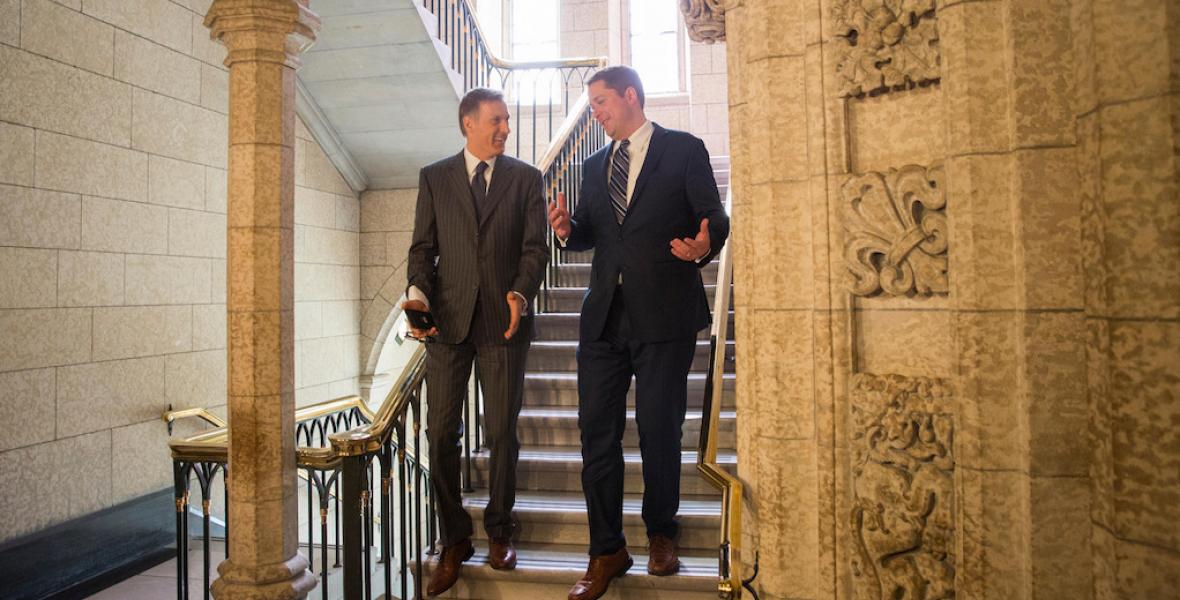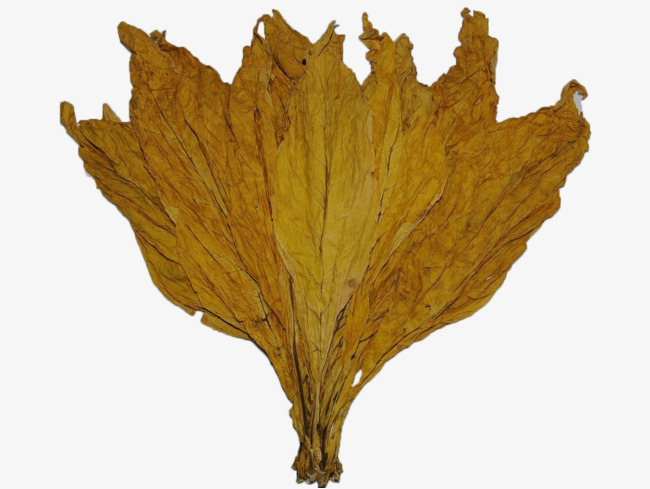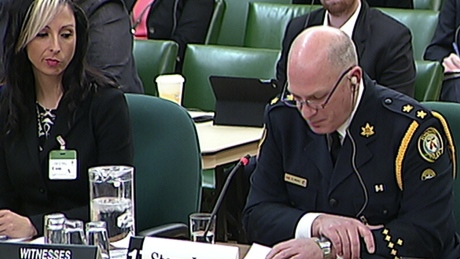The violent deaths of Colten Boushie in Saskatchewan and Tina Fontaine in Manitoba hit their families, communities and First Nations pretty hard. These were youths who had their whole lives ahead of them. The fact that deep-seated institutional and societal racism and violence against Indigenous peoples is what led to their deaths is a glaring…
Justice for Our Stolen Children Camp – Thank you for Standing Up for our Children





